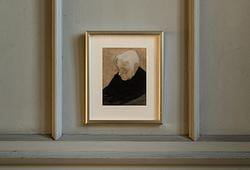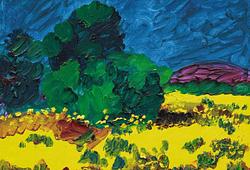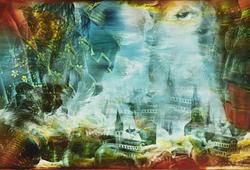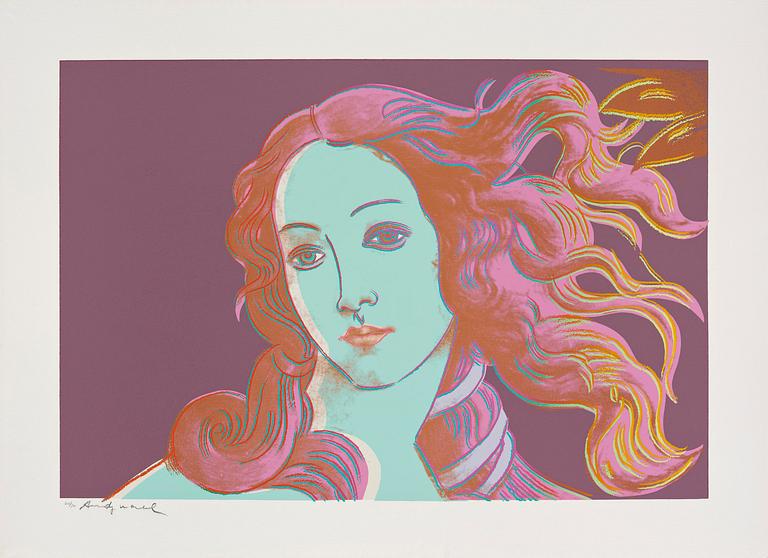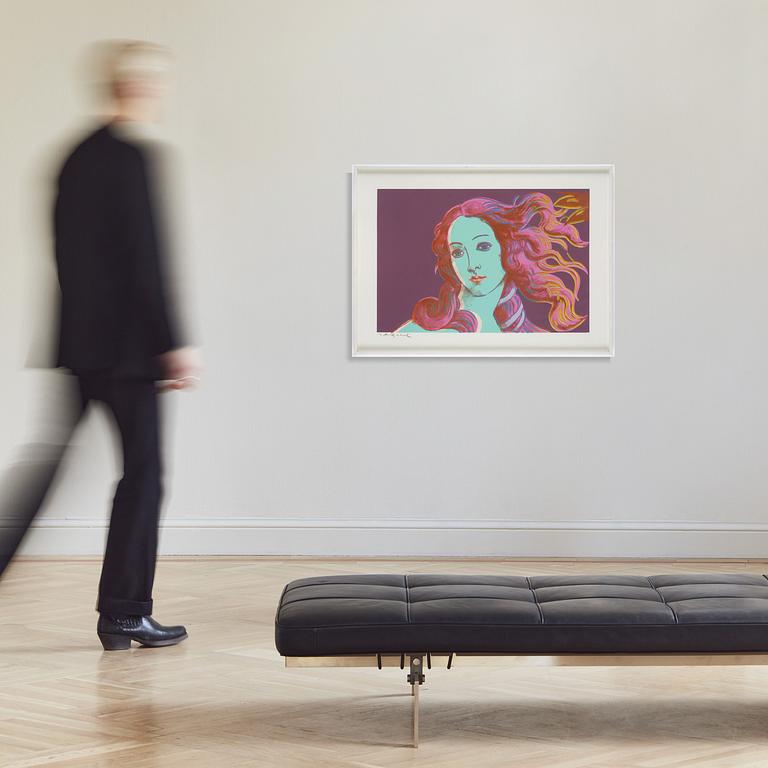Andy Warhol
"Venus", from: "Details of renaissance paintings (Sandro Botticelli, Birth of Venus, 1482)"
Signed in pencil and numbered 20/70. Colour screenprint, 1984. Printed by Rupert Jasen Smith, New York. Published by Editions Schellmann & Klüser, Munich/New York. I. 63,5 x 94 cm. S. 81 x 112 cm.
Alkuperä - Provenienssi
According to information purchased from Galerie Börjeson, Malmö. Subsequently inherited by the current owner.
Kirjallisuus
Feldman II 317.
Muut tiedot
In February 1963, Leonardo da Vinci’s Mona Lisa was shown in America for the very first time. For four weeks, she was displayed in the sculpture hall of the Metropolitan Museum of Art, where her presence drew record crowds and sparked nationwide attention. The tremendous media frenzy surrounding the painting inspired Andy Warhol, who soon created his own versions of the portrait.
A few decades later, he returned to the Old Masters in his series Details of Renaissance Paintings (1984), reinterpreting works by artists such as Botticelli, Piero della Francesca, and Lucas Cranach the Elder.
The highlight of the series is Warhol’s variations on Sandro Botticelli’s The Birth of Venus (1485–86). By cropping and isolating the goddess from her original mythological context, Warhol emphasizes her face and flowing hair as timeless symbols of beauty. His Venus becomes not only a Renaissance deity, but also a contemporary icon with the aura of a Hollywood star.
In the red version from 1984, Venus emerges against a pink background, with flaming red hair and luminous color accents that heighten her presence. Here, Pop Art’s serial techniques merge with a classical subject to create a new vision of divine beauty. Warhol’s Birth of Venus becomes a meeting point between two epochs, where Renaissance ideals are transformed into a modern visual language and a new, universal icon is born.




